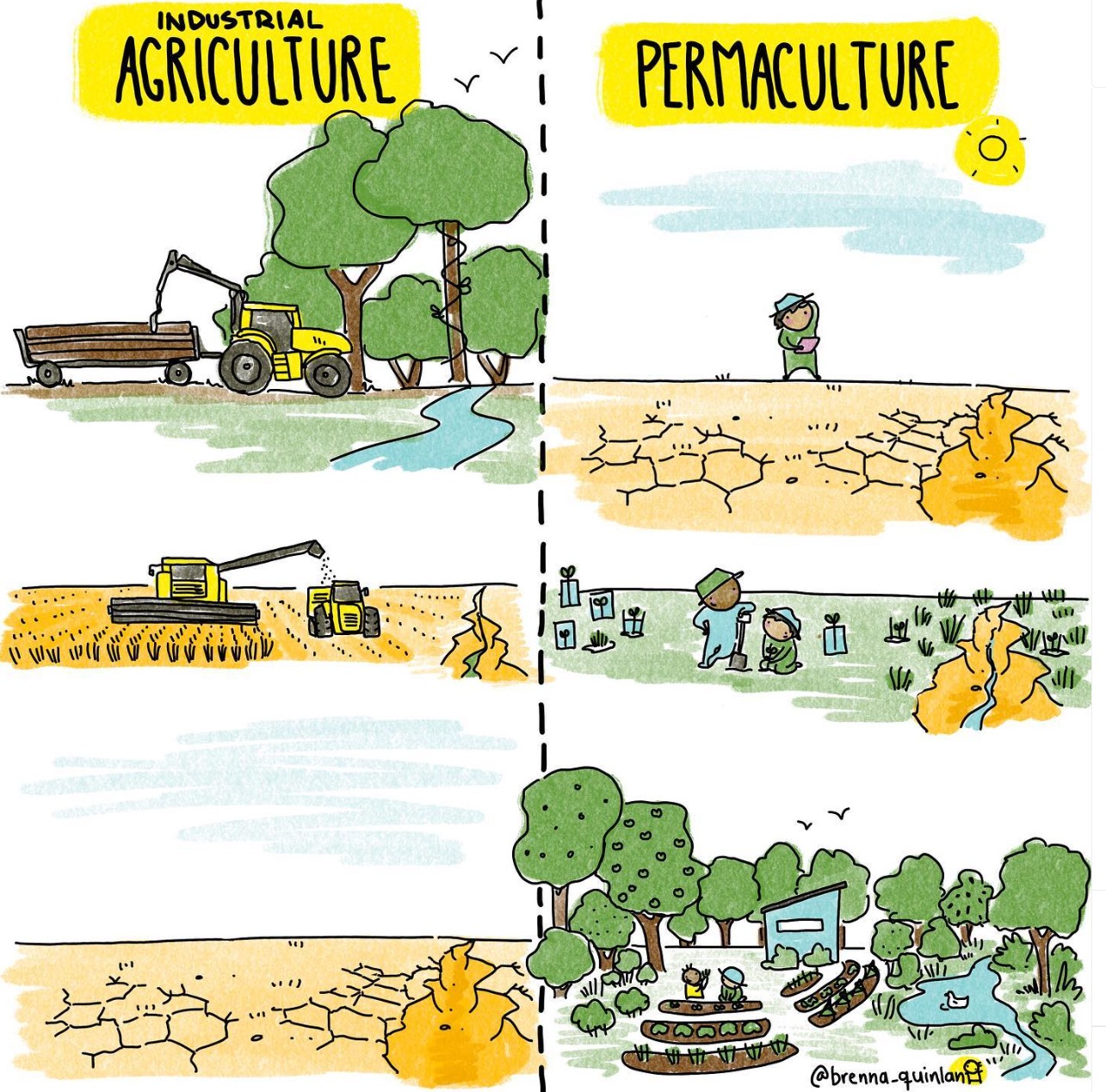Choosing the Right Allocation Method in Life Cycle Inventory (LCI): Insights for Sustainable Agriculture

In Life Cycle Inventory (LCI) analysis, the allocation method plays a crucial role in determining how environmental impacts are attributed to different outputs of a system. For an agricultural business, where crops and livestock are intricately interconnected, the choice of allocation method can influence strategic decisions, sustainability goals, and long-term viability.
Beyond traditional physical and economic allocation, biophysical allocation emerges as a valuable approach, especially for businesses focused on sustainable land use and biological cycles. Here’s how it applies to agriculture and supports sustainable farming practices.
Understanding Allocation Methods
- Physical Allocation:
Impacts are distributed based on measurable physical properties, such as weight or volume of outputs. For example, if a farm produces 70% crops and 30% livestock by weight, impacts are allocated accordingly. - Economic Allocation:
Impacts are divided based on the economic value of outputs. For instance, if livestock generates 60% of revenue and crops 40%, the environmental impacts are allocated in that proportion. - Biophysical Allocation:
This method allocates impacts based on biological or biophysical metrics, such as nutritional content, nitrogen cycling, or energy transfer in the system. It is particularly useful for understanding how natural resources are converted into outputs.
Biophysical Allocation in Agriculture
For agricultural systems emphasizing sustainability, biophysical allocation offers a deeper understanding of resource efficiency and ecological health. It highlights the biological processes that underpin farm outputs, such as nutrient cycling and soil health, enabling a more holistic assessment.
Crop Selection and Soil Health
- Soil-Enriching Crops:
Legumes, such as soybeans, peas, and lentils, play a pivotal role in sustainable farming. Through symbiotic relationships with bacteria, they fix atmospheric nitrogen into the soil, replenishing a critical nutrient for plants. - Nutrient-Depleting Crops:
Cash crops, while economically lucrative, often demand significant nutrients like nitrogen and phosphorus. Without proper crop rotation or fertilization, repeated cycles of cash crop cultivation can deplete soil health.
Integrated Farming Systems
Sustainable agriculture thrives on synergy between crops and livestock. For example:
- Crop Rotation: Alternating nutrient-intensive cash crops with nitrogen-fixing legumes enhances soil fertility and reduces dependency on synthetic fertilizers.
- Integrated Crop-Livestock Systems: Livestock waste can be used as manure to enrich crops, while crop residues can serve as livestock feed, creating a closed nutrient loop.
Sustainable Farming Strategies
To align with the principles of biophysical allocation, the following practices can help agricultural businesses conserve resources while maintaining productivity:
- Crop Rotation
Rotating nutrient-depleting crops with soil-enriching crops maintains soil health, reduces erosion, and minimizes chemical fertilizer needs. - Conservation Agriculture
Practices such as no-till farming, maintaining soil cover with cover crops, and diversifying crop species can protect soil structure, enhance biodiversity, and boost long-term sustainability. - Integrated Systems
Combining crop and livestock systems ensures that waste becomes a resource, reducing environmental impacts and improving resource efficiency.
Beyond Output: The Bigger Picture
Simply measuring output in terms of quantity or economic value provides an incomplete picture. While short-term profits may seem appealing, overexploitation of natural resources can lead to soil degradation, reduced yields, and increased costs in the long run.
Biophysical allocation allows businesses to:
- Evaluate the efficiency of converting natural resources into outputs.
- Understand the long-term implications of current practices on soil health and resource availability.
- Design farming systems that balance economic viability with ecological resilience.
Conclusion
For agricultural businesses, adopting biophysical allocation in LCI analysis goes beyond numbers—it fosters a systems-level understanding of sustainability. By integrating crop rotation, conservation practices, and crop-livestock systems, farmers can build resilient, resource-efficient operations that sustain productivity while preserving the environment.
